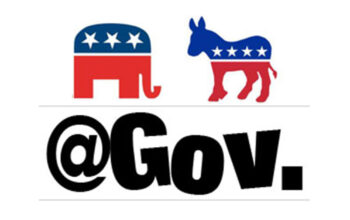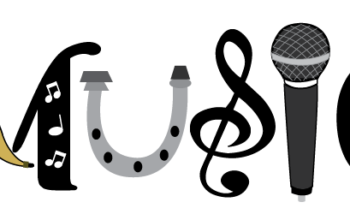Emma Flynn
Reporter
@emmacourant
It’s a Wednesday night, with a box of oreos in hand you are scrolling through your Facebook newsfeed when you see that your best friend Amy shared an article from Buzzfeed. With a picture of  Kendall and Kylie Jenner lounging on their matte gold Ferrari, the link advertises an article about “struggles that are too real for teenage girls.” You feel obligated to like it; but, if you do people will think that you are promoting the Jenner lifestyle.
Kendall and Kylie Jenner lounging on their matte gold Ferrari, the link advertises an article about “struggles that are too real for teenage girls.” You feel obligated to like it; but, if you do people will think that you are promoting the Jenner lifestyle.
Since 2004, the ‘like’ has been shouldering all the emotional weight of Facebook users, but in early October 2015 Facebook CEO Mark Zuckerberg
announced that he was planning on changing the way users can express themselves. Facebook is planning to incorporate a variety of emoticons as an “emotion board” that allows users to react to content on their newsfeed. The emoticons emphasize reactions that users typically express through a like, or the absence of one.
During a LiveStream event broadcast on Facebook, Zuckerberg unveiled his plans for the emotions board, saying it was the company’s goal to increase reactions available on Facebook. “It’s important to give people more options than just ‘Like’ to help express empathy and sympathy,” Mr. Zuckerberg said. “Not every moment is a good moment.”
Although the “like” button will still be an option, it will not be the only responsive emotion available. In an attempt to capture universal and common emotions among Facebook, the button options are a “Love” heart, an openmouthed “Haha” smiley face a closedmouth “Yay” smiley face, an openmouthed “Wow” smiley face, a “Sad” crying face and a red “Angry” face.
“Love” heart, an openmouthed “Haha” smiley face a closedmouth “Yay” smiley face, an openmouthed “Wow” smiley face, a “Sad” crying face and a red “Angry” face.
This development frees users from the allencompassing “like” as a means of expression, it also is an opportunity to spread hurtful and potentially harmful feelings throughout the network. Concern has been expressed that the buttons conveying a more negative sentiment such as “angry” and “sad” will be opportunity for cyber bullying. While reactions increase the range with which users can express themselves, with a lot more options comes a lot more responsibilities.
The manner in which people present themselves on the internet and social media allows users to instantaneously convey a variety of messages. Facebook consists of a constant chain of reactions, for example, by a user liking a post it brings it higher on a person’s newsfeed. This intersection of all these events going on in people’s lives and the idea that our only reaction is limited to a “like” is more than a little concerning.
 Although the concept of this new Reaction button has raised concern in regard to its potential to encourage cyberbullying, it is eventually up to Facebook users to determine the effect it has on the cyber atmosphere. If it is used correctly, it can allow for users to express and react to posts in their feed in a way that is reflective of how they actually feel.
Although the concept of this new Reaction button has raised concern in regard to its potential to encourage cyberbullying, it is eventually up to Facebook users to determine the effect it has on the cyber atmosphere. If it is used correctly, it can allow for users to express and react to posts in their feed in a way that is reflective of how they actually feel.
Graphics by Bella Marciano



